Experiencing Wildlife Action at the Serengeti National Park Tanzania
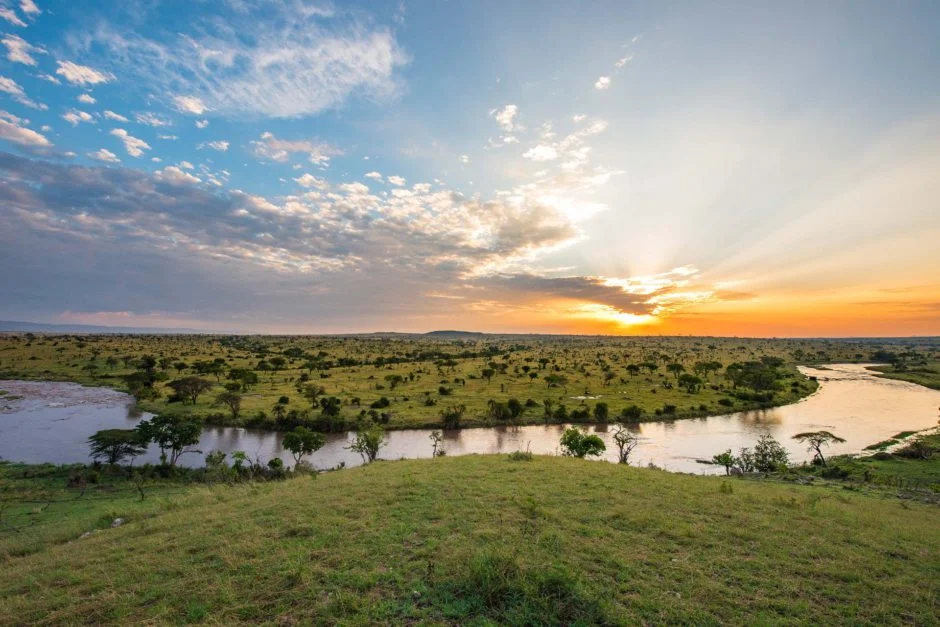
Imagine yourself surrounded by breathtaking landscapes, plains that seem to stretch forever, and the very circle of life unfolding right before your eyes.
That’s what you will find in the Serengeti National Park, a UNESCO World Heritage Site and one of the most sought-after safari destinations in the world.
n this guide, we’ll take you on a journey through the diverse regions of the park, and introduce you to its iconic wildlife. But Before you embark on the adventure of a lifetime, here is how you can book your travel.
Book Your Trip to the Serengeti National Park

At the heart of an African safari is the Serengeti.
A land that wears many faces—action-packed one day, serene the next. A land where elephants roam free and giraffes stretch a tad bit further to reach fresh leaves.
Where wildebeest, zebras, gazelles, and impalas live one second at a time keeping an eye out for lions, leopards, and hyenas.
The wonders of the Serengeti are worth exploring. Our senior consultant, James Gatheru, is on hand to arrange a tour package that will leave you itching for more of the African wildlands. From transport to accommodation and meals, we’ll have that covered so you can enjoy your stay.
If you want to tour Serengeti in Tanzania, we invite you to reach out to us via phone or WhatsApp at +254-704-532-105. You can also connect with us via email at safarioffers@kenyaluxurysafari.co.uk or safarioffers@ajkenyasafaris.com.
Discover the Serengeti Plains
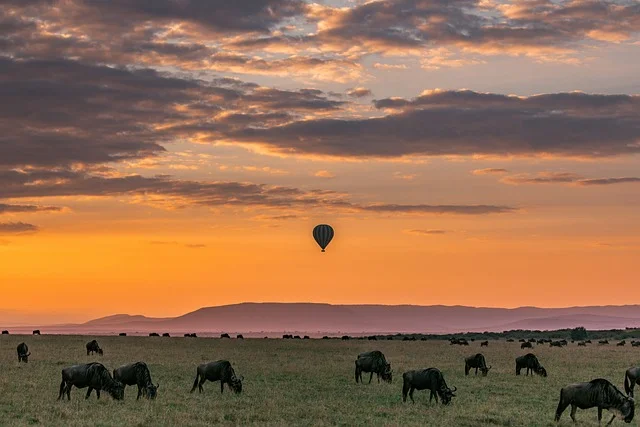
The name “Serengeti” is derived from the Maasai language, meaning “the place where the land runs on forever”. It aptly describes the park’s seemingly infinite grassland plains, which stretch as far as the eye can see.
The Serengeti is renowned for its:
- Vast plains, including the eastern Serengeti
- Abundant wildlife
- Mesmerizing landscape
- The Great Wildebeest Migration, the greatest wildlife spectacle on Earth
- Diverse ecosystems
- Refuge to the Big Five (lions, elephants, buffalos, leopards, and rhinoceros)
- Countless other species
This makes it a popular destination for visitors worldwide. Tourists troop in from all over the world to enjoy its distinct landscapes, sites, and wildlife.
Let’s delve deeper into its most iconic features.
The Endless Plains
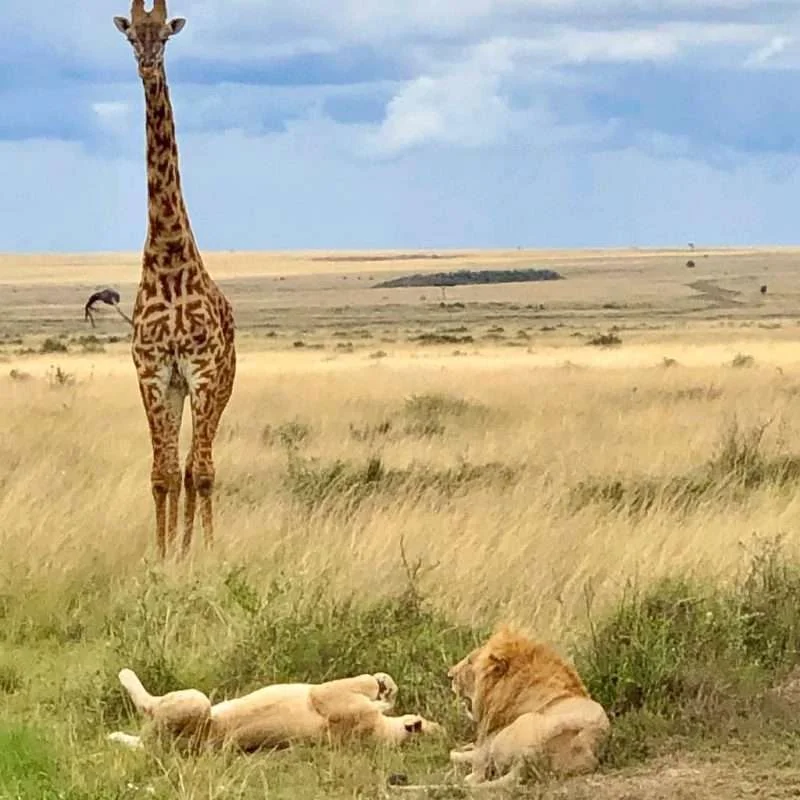
The seemingly unending plains of the Serengeti evoke a sense of wild and untamed landscape that has captured the hearts of travelers for centuries.
Within these vast expanses, you’ll find abundant wildlife, including predators such as lions, leopards, and cheetahs that thrive in the open terrain.
The plains also offer a unique cultural experience, as ancient African rock paintings created by the Maasai can be found at Moru Kopjes.
UNESCO World Heritage Site
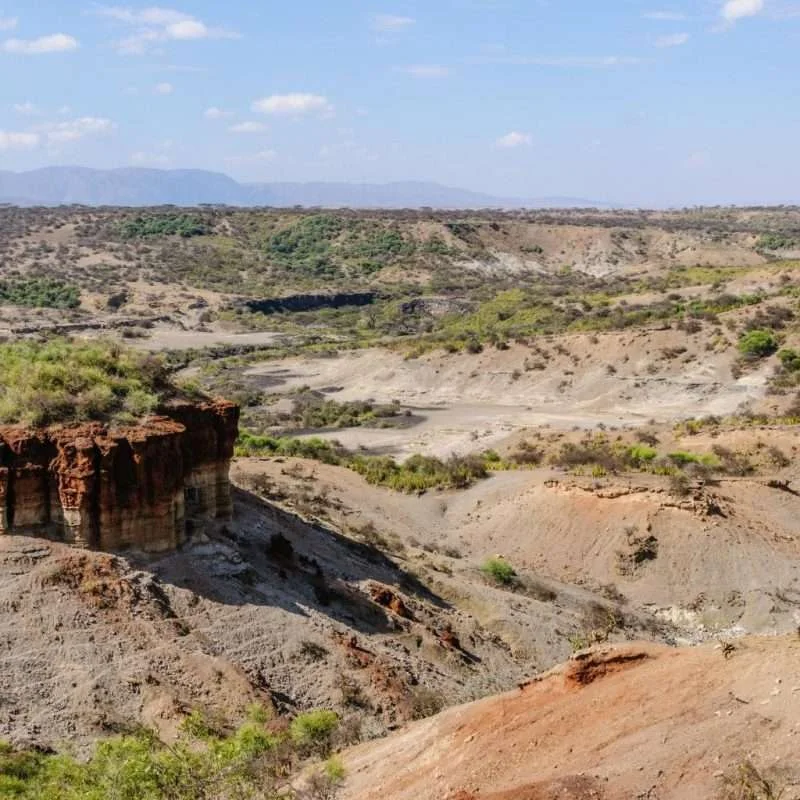
Established in 1952, the park covers an area of over 14,750 square kilometers and is home to a diverse array of ecosystems, each teeming with unique flora and fauna.
Its endless plains, lush forests along the Grumeti River, and remarkable wildlife have earned it recognition as a UNESCO World Heritage Site. This wealth of natural wonders makes it a must-visit destination for wildlife enthusiasts.
Wildlife Wonders
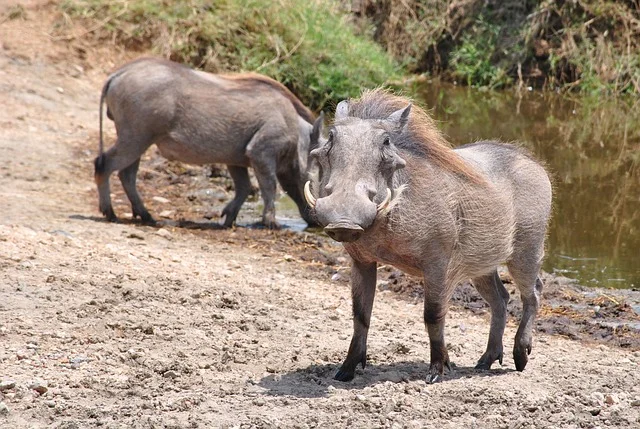
The Serengeti is a wildlife lover’s paradise, with an impressive array of species calling the park home. Some of the animals that can be seen in the park include:
- The Big Five (lion, leopard, elephant, rhinoceros, and buffalo)
- Grazers like the zebras, wildebeest, Impala, gazelles, and Topi
- Over 500 species of birds including Ostriches
- Giraffes
- Hippos
- Crocodiles
- Cheetahs
- Hyenas
- Baboons
- Warthogs
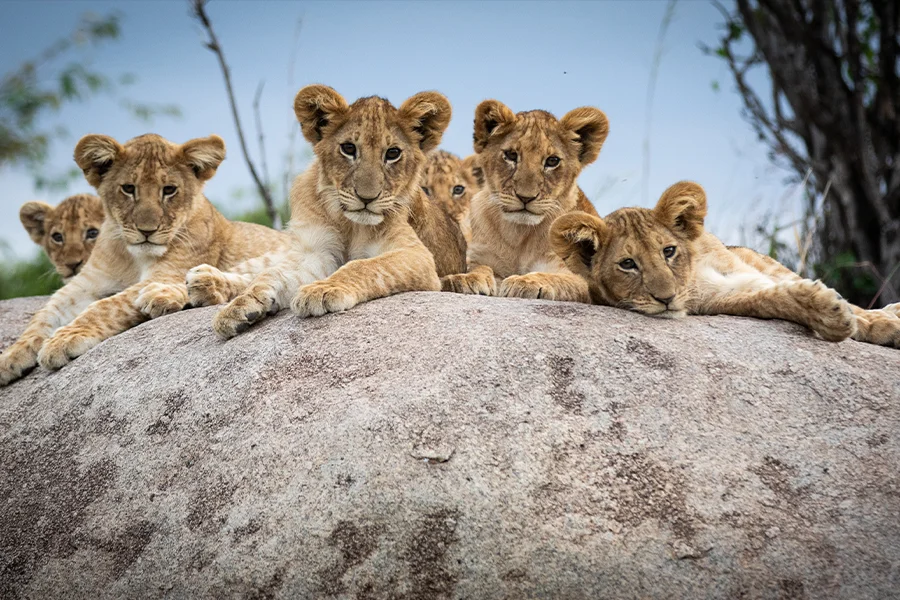
The park is famous for its incredible predator-prey interactions. With year-round grazers to devour, predators thrive in the open terrain. They can be seen stalking their prey with unbridled stealth.
The Big Five

Whether it is a stealthy leopard lurking in the shadows or an elephant roaming in the Serengeti, the park offers unrivaled wildlife experiences. It is home to the most iconic animals of Africa.

Here, you’ll have the opportunity to see the lions, elephants, buffaloes, leopards, and rhinos in their natural habitats.
The Great Wildebeest Migration
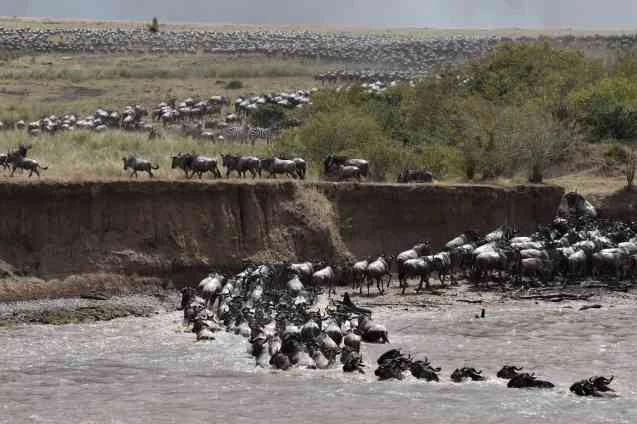
One of the most awe-inspiring wildlife phenomena in the Serengeti is the Great Wildebeest Migration. In this truly spectacular event, over a million wildebeest accompanied by zebras and other grazers traverse the Serengeti plains and cross over to Kenya in search of fresh pasture and water.
The wildebeests face remarkable odds, including predators, treacherous waters, and starving Nile crocs to reach the other side.
In the months of Jun-Oct they can be seen by the Mara River in their thousands calculating the risks of moving forward. One takes the first plunge and the rest follow suit. The wildebeest’s innate desire to survive takes the day—except, the Crocs are waiting for their dinner to arrive.
Regions of Serengeti National Park

The Serengeti is one of the most diverse national parks in the world. It is divided into three distinct regions, each offering unique experiences of the park’s ecosystem.
Whether you’re a first-time visitor or a seasoned safari-goer, there’s always something new to discover in this vast and diverse park.
Southern/Central Serengeti (Seronera Valley)
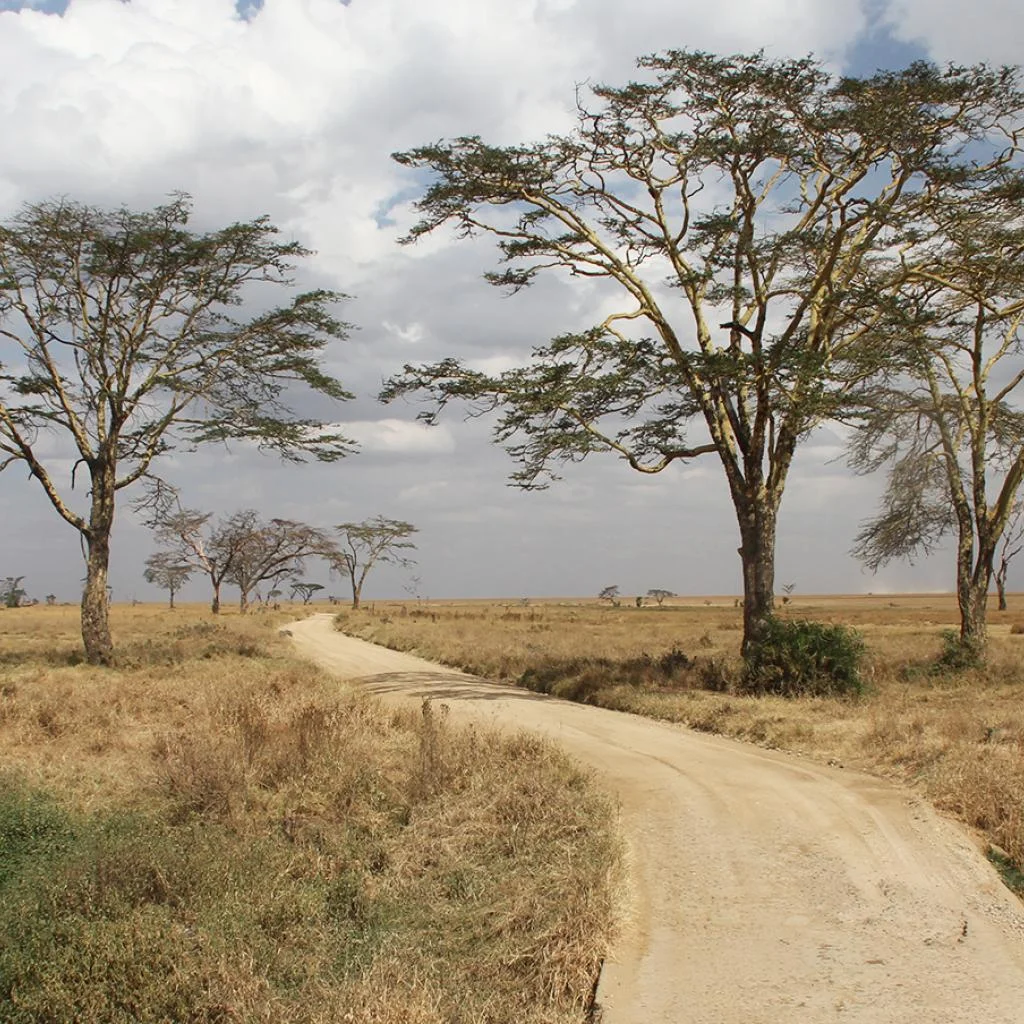
The Southern Serengeti is also known as the Central Serengeti or Seronera Valley. The Seronera River is a vital water source for the park’s wildlife.
Seronera is home to the Big Five, large herds of herbivores, and browsers making it one of the best places for game viewing and photographic safaris.
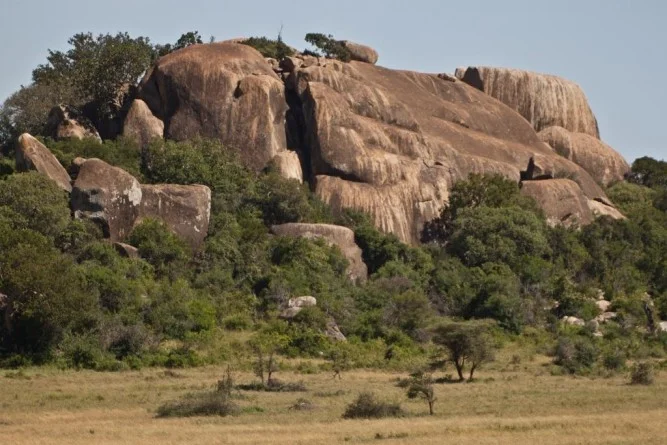
In addition to its impressive wildlife populations, the Seronera Valley also offers stunning landscapes, including the iconic Moru Kopjes.
These age-old protrusions of rock provide shelter for numerous animals and predators. It’s the one place within the Serengeti where you can view black rhinos.
Western Corridor (Grumeti River)
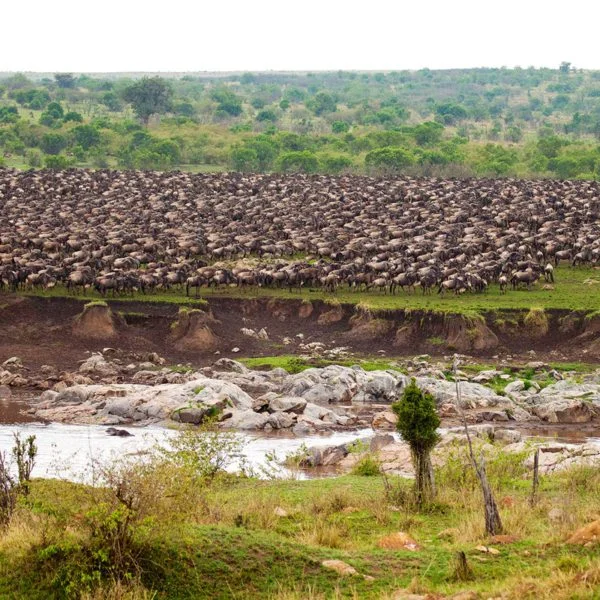
The Western Corridor, along the Grumeti River, offers a lush landscape and the thrilling spectacle of wildebeest crossing crocodile-infested waters during the Great Migration.
Located in a remote region of the park, the area receives fewer tourists making it a great spot if you want to view wildlife more privately.
This part of the national park is also characterized by its rolling hills, grassy plains, and dense forests, providing a diverse habitat for various species of wildlife.

One of the highlights of visiting the Western Corridor is witnessing the wildebeest crossing the Grumeti River, a daring feat that attracts visitors from around the world.
A sizable population of hippos and crocodiles hang out at Grumeti River making it an exciting destination for game drives and boat rides.
Northern Serengeti (Lobo Area)
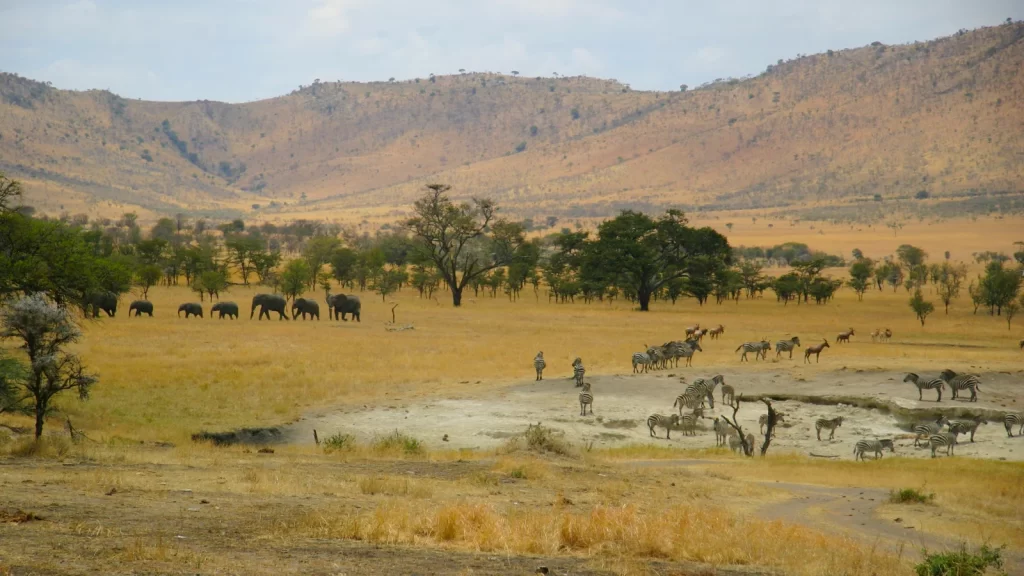
The Northern Serengeti, or Lobo Area, located in northern Tanzania, isn’t just unspoiled but also beautiful. It boasts lush rolling hills, acacia woodlands on the open savanna, granite outcrops, the Bologonja Springs, and incredible wildlife. A stark difference from the flatter Seronera Valley.
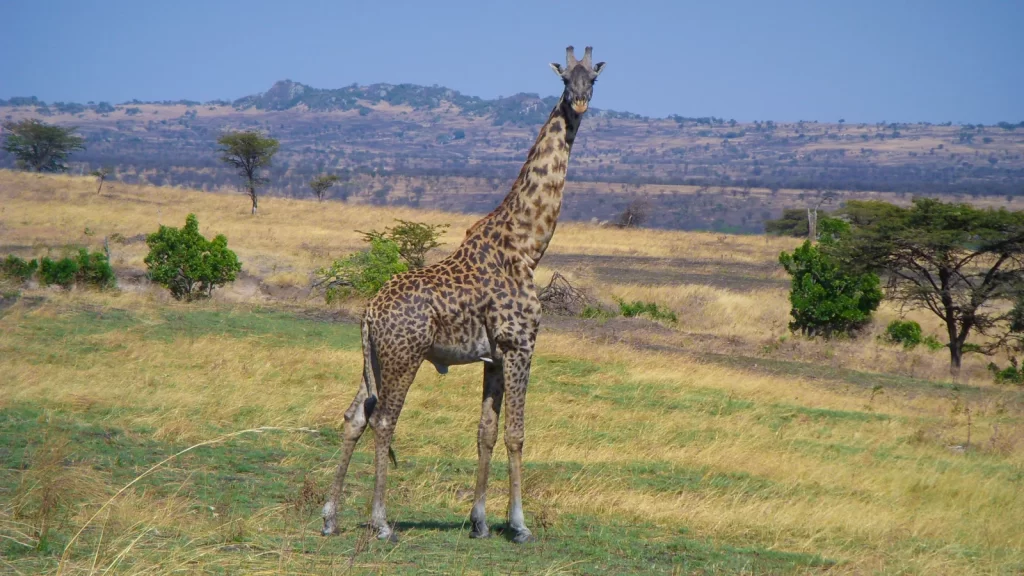
Due to the remoteness of the area, it receives fewer tourists and offers exclusive safari experiences. If you make it to this region, you’ll be rewarded with spectacular views of the park and access to more wildlife viewing.
Large lion prides and leopards roam these lands as do elephants, buffalos, baboons, and exotic birds. Between Jul-Oct, wildebeest can be seen in the area making that dangerous crossing in the croc-infested Mara River.
Experiences and Activities
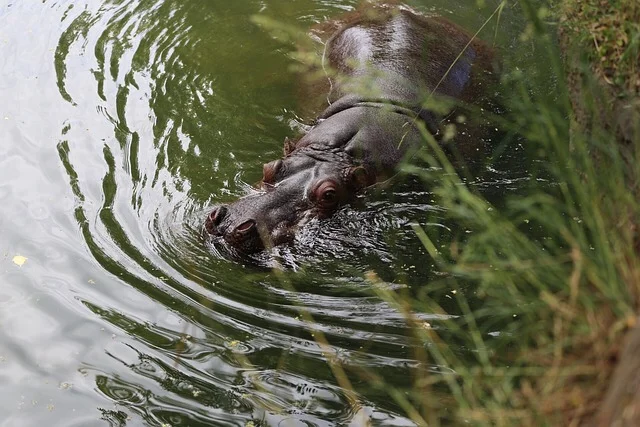
Whether you’re seeking adrenaline-pumping adventures or a more relaxed experience, the national park offers a multitude of experiences and activities. Some of these immersive experiences include
- Thrilling game drives
- Walking safaris
- Serene hot air balloon rides
- Cultural encounters with the Maasai Tribe
Game Drives and Walking Safaris
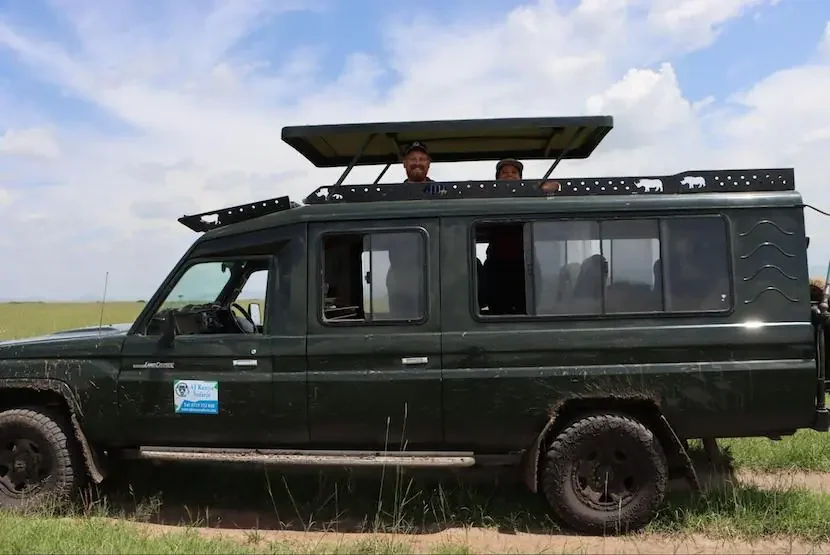
Game drives and walking safaris are the quintessential Serengeti experiences, allowing visitors to explore the park’s diverse ecosystems and observe its wildlife up close.
Game drives are conducted in safari vehicles, offering the convenience of viewing the wildlife and scenery without disturbing the animals.
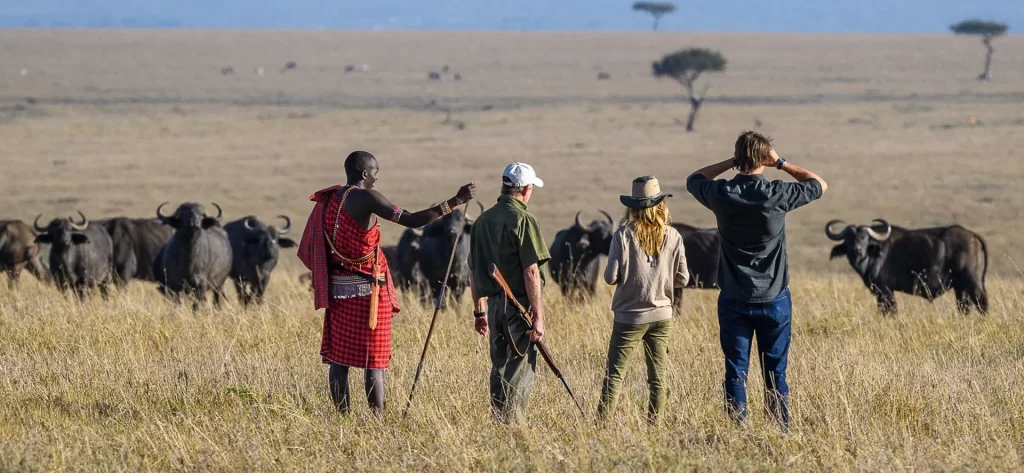
With walking safaris, visitors traverse the park on foot, accompanied by a knowledgeable guide. This unique perspective allows for a closer connection to the park’s landscapes and wildlife, as well as the opportunity to:
- Learn about the intricate details of Serengeti’s ecosystem from an expert
- Spot smaller animals and birds that may be missed on a game drive
- Experience the sights, sounds, and smells of the national park up close
- Engage in a slower-paced and more relaxed exploration of the park
Hot Air Balloon Rides
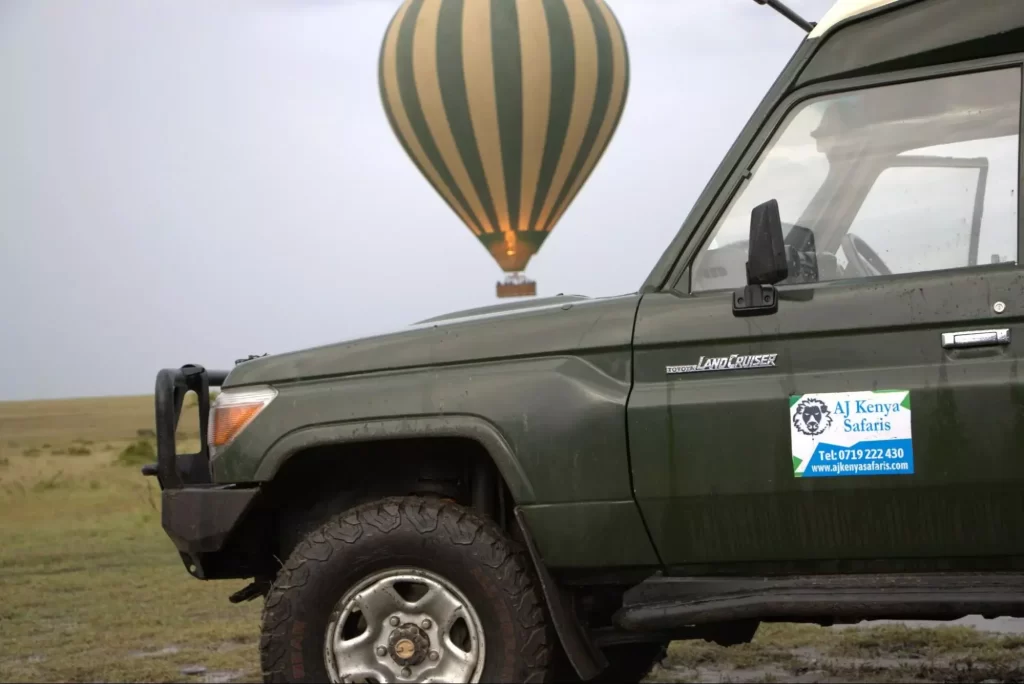
A hot air balloon ride over the Serengeti plains offers a unique bird’s eye view of the sheer vastness and beauty of this national park. Gliding above the expansive landscapes and watching the animals from above gives you a larger-than-life sense of space and perspective.
Visit the Ngorongoro Crater
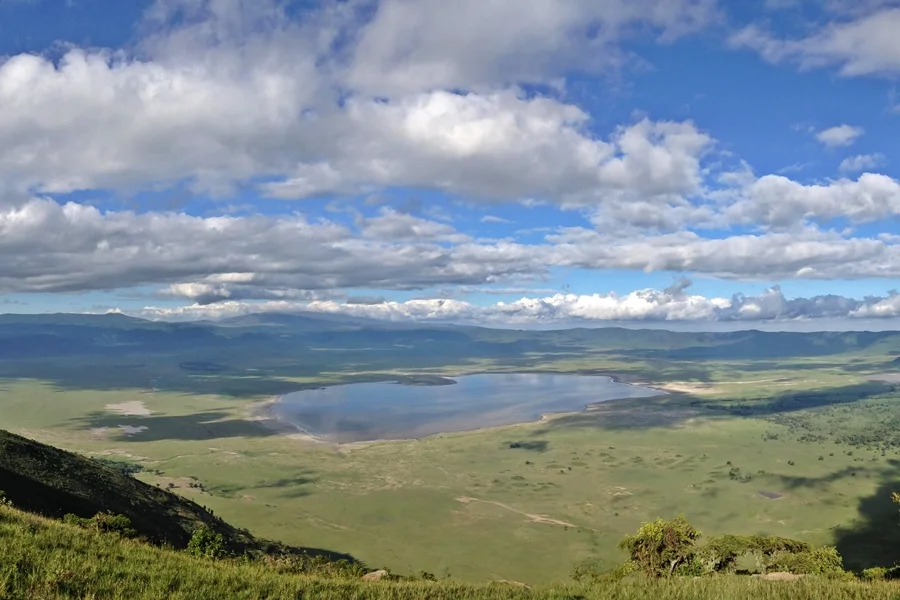
With close to 30,000 mammals and big cats living in Ngorongoro crater, a visit to this geological splendor assures wildlife enthusiasts pleasurable game viewing opportunities.
It is at Ngorongoro Crater that some of the earliest known evidence of human existence was discovered. So, how about a trip to see where our ancestors came from?
Cultural Encounters with the Maasai Tribe
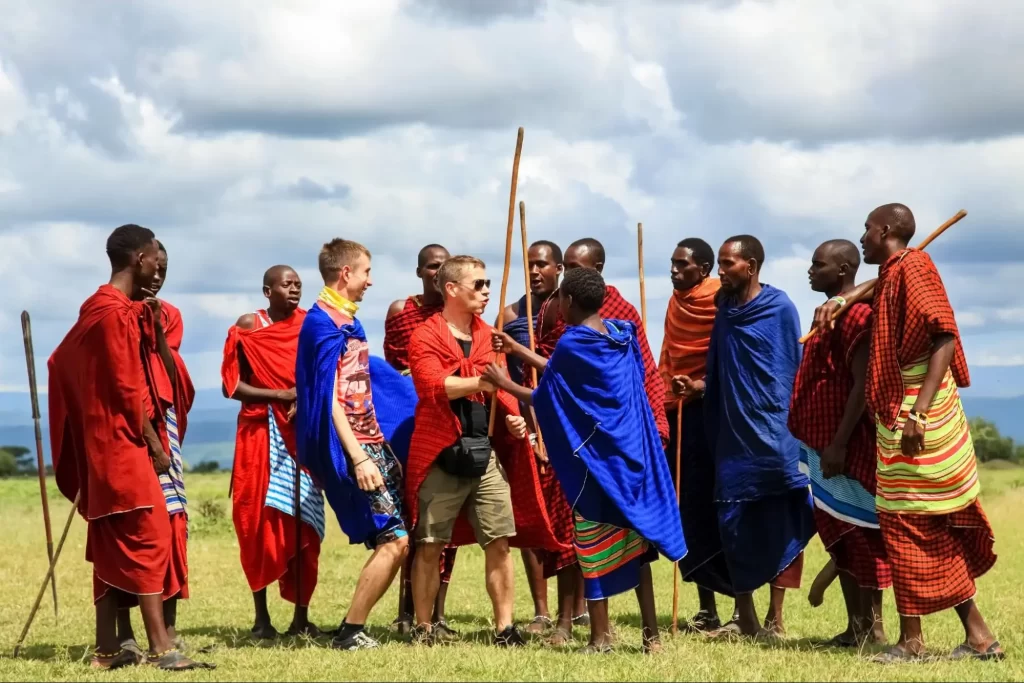
Experience the rich culture and traditions of the Maasai Tribe, who have lived in harmony with the Serengeti’s wildlife for centuries.
A visit to the tribe’s traditional village-like communities known as bomas gives you access to their unique way of life, customs, and beliefs. You will leave the Serengeti with a greater appreciation for the intricate balance between humans and nature.
Accommodations and Planning Your Visit
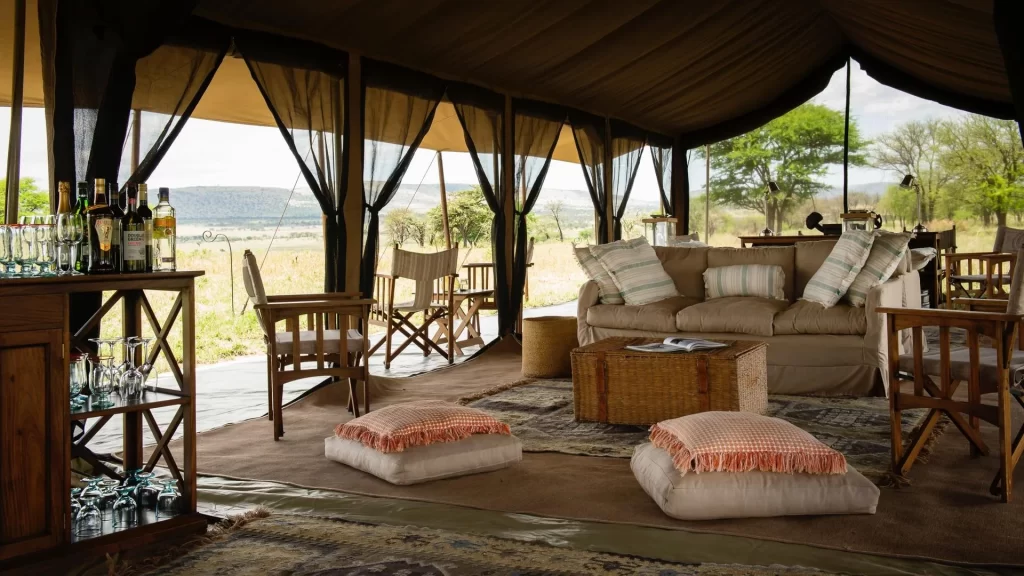
Accommodation, transport, and timing are critical when planning a safari. Naturally, since you want to secure an experienced tour operator to maximize your trip and find comfortable accommodation after a day of game viewing.
At AJ Kenya Safaris, we take care of your transportation, accommodation, and meals—you just need to decide when you want to tour this great destination.
Lodges and Tented Camps

Serengeti National offers a variety of lodges and tent camps to suit different budgets and preferences.
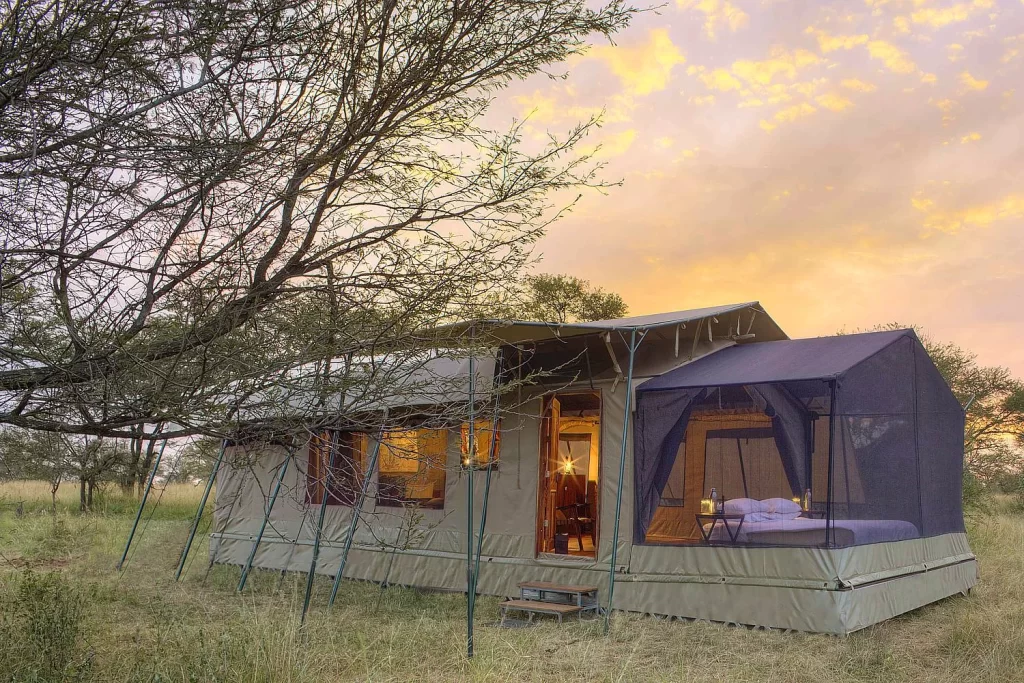
Options range from luxurious tented camps like Four Seasons Safari Lodge to more economical choices such as Olakira Migration Camp.
Each accommodation option provides unique amenities and experiences, ensuring that you’ll find the perfect fit for your safari adventure.

Four Seasons and Olakira Camp are located within the Southern/Central Serengeti region where wildlife viewing opportunities are prime.
There are others like Andbeyond Grumeti Serengeti Tented Camp which are found in the far-flung regions of the park. The latter offers a more remote and exclusive experience.
Best Time to Visit and Ideal Duration
The best time to visit Serengeti National Park is during the dry season, which usually lasts from late June to October. During this period:
- The park provides optimal conditions for travelers
- Animals congregate around rivers and water sources, making wildlife viewing particularly rewarding
- The Great Wildebeest Migration takes place, providing an incredible spectacle for those who witness it
The number of days you stay at the national park depends on your interests. We recommend allocating 3 and 7 days safari so you have ample time to explore the various regions of Serengeti and enjoy various activities.
Frequently Asked Questions
Why is Serengeti National Park so famous?
Serengeti National Park in Tanzania is renowned for its great beauty and abundant wildlife. So much so that it was added to the UNESCO World Heritage List in 1981. It is beloved by wildlife enthusiasts, photographers, and adventurers who troop from the world over to witness the great migration of wildebeest from Tanzania to Kenya.
Which country is Serengeti National Park in?
Serengeti National Park is located in the Republic of Tanzania, stretching over 14763 km2 (5,700 sq mi). It lies in the northwest part of the country and continues to Kenya, partially adjacent to the border.
It is home to an incredible array of wildlife including the Big Five: lions, leopards, elephants, rhinos, and buffalo. Cheetahs, zebras, wildebeest, giraffes, hippos, baboons, and other smaller animals also reside here.
How can I go to Serengeti National Park from India?
You can fly from Mumbai to Nairobi, take the bus from Nairobi to Sirare before driving to Serengeti National Park in Tanzania. The journey will take approximately 22 hours and 4 minutes.
This route is a great way to explore the African continent in addition to experiencing the beauty of Serengeti National Park.
What is the best time of year to visit Serengeti National Park?
Visiting Serengeti National Park during the dry season, from late June to October, is the ideal time for wildlife viewing and witnessing the Great Wildebeest Migration.
The dry season is the best time to see the park’s abundant wildlife, including lions, elephants, zebras, and wildebeest. It is also the time of year when the Great Migration takes place, with millions of wildebeest and other animals.
How long should I plan to stay in Serengeti National Park?
We recommend staying for 3 to 7 days in Serengeti National Park. With these number of days, you can immerse yourself in the park’s activities and relax fully.

